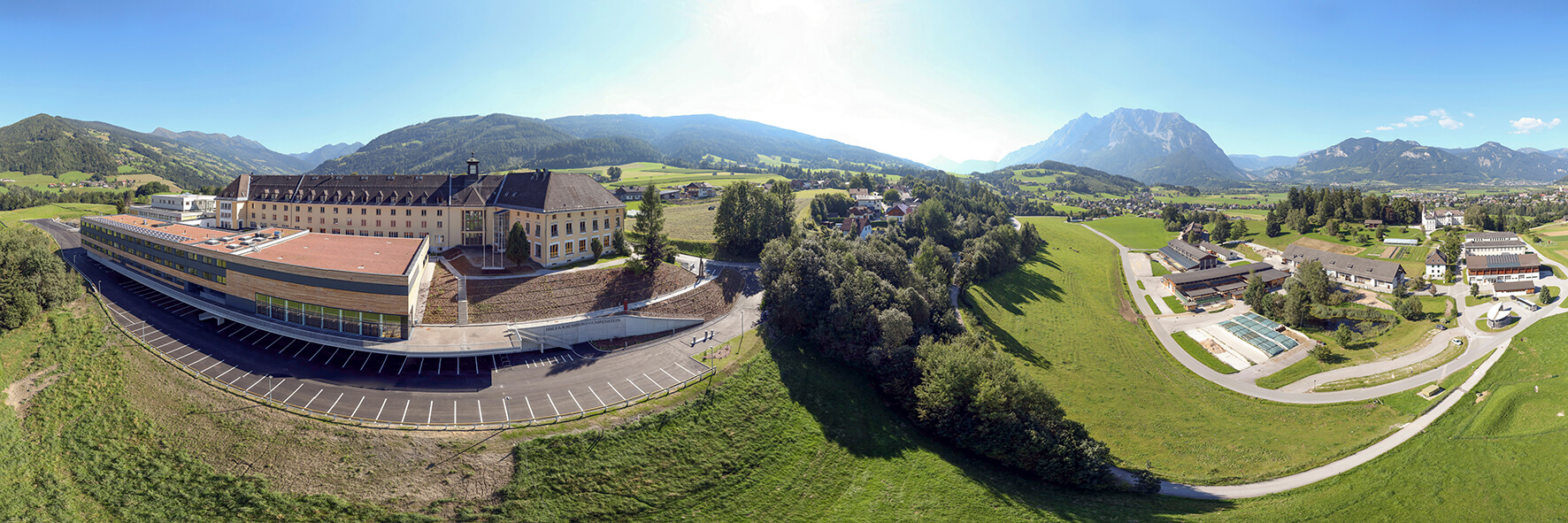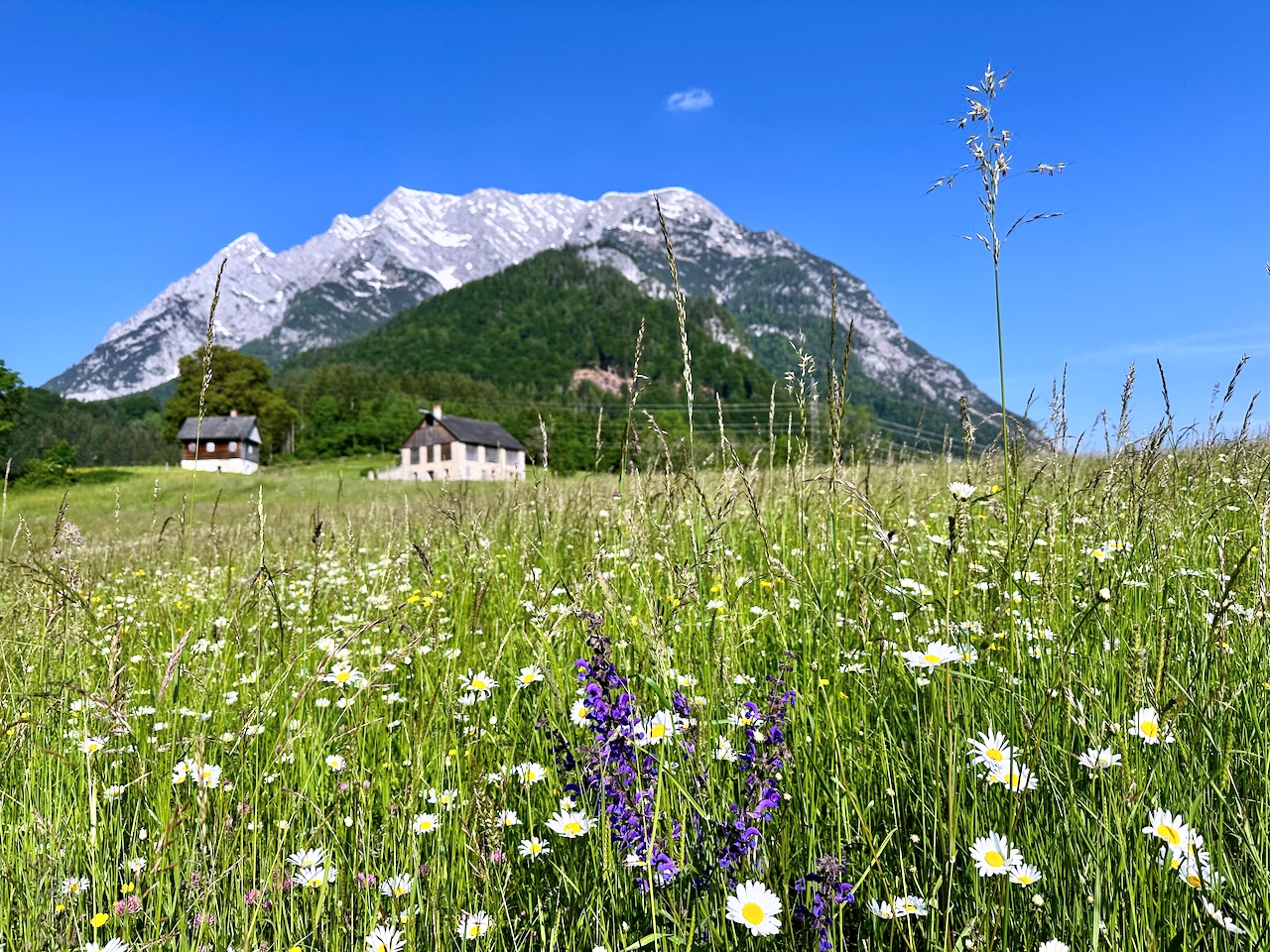This does not work well in the long term with limited amounts of manure , as is often the case in organic farming. The conscious creation of extensively used meadows can open up an opportunity here. Species-rich meadows in particular show a significantly smaller drop in yield compared to dry periods than intensive meadows with fewer species. The feed from such extensive meadows can also be easily incorporated into the ration of young animals and dry animals.
In order to preserve the character of the meadow and the high biodiversity in the long term, the first cut should not take place before the end of June. Another important aspect of the graduated use of grassland is the improvement of the intensive meadows . This should be achieved on the one hand by optimizing fertilization and by improving stocks. The intensively used grassland areas with an intact grass framework provide high-performance feed for ruminants and ensure the economic survival of the businesses.
The different intensities of use are intended to create a mosaic of diverse vegetation on the farm, which, in addition to different basic feed qualities, also brings added value for biodiversity. The graduated use of grassland attempts to find a balance between intensive and extensive use and to enable both.
Just listen or watch:
In this podcast episode, Priv.-Doz. Dr. Andreas Steinwidder with Dr. Walter Starz on the challenges, opportunities and possibilities through the graduated use of grassland:









